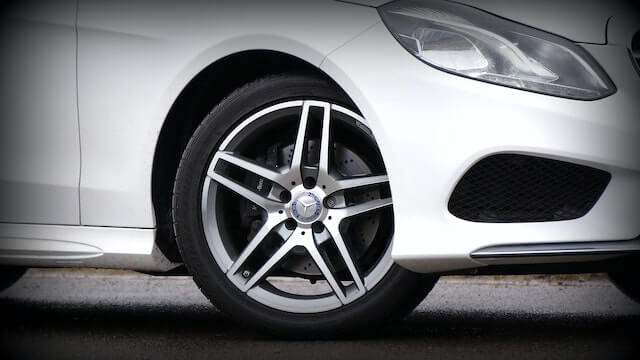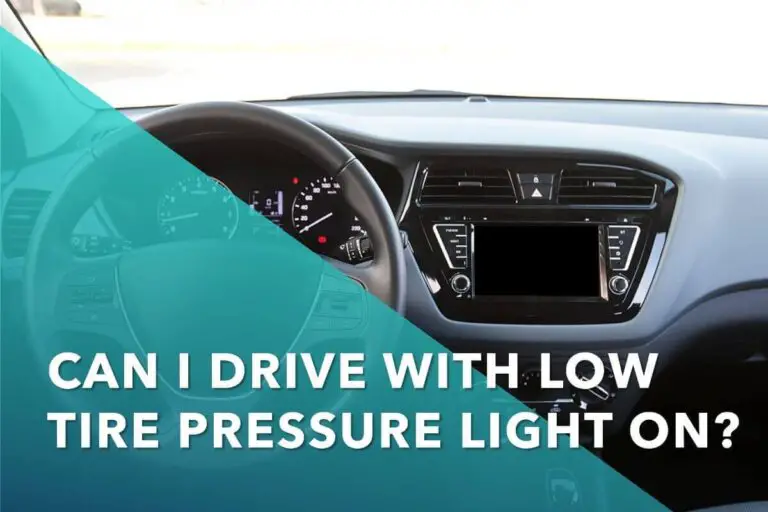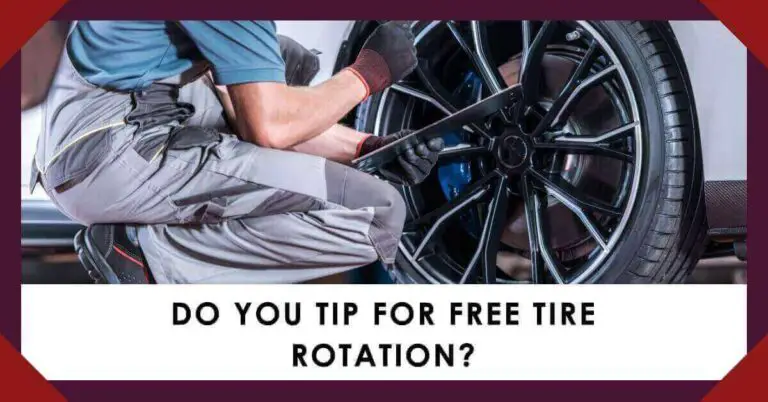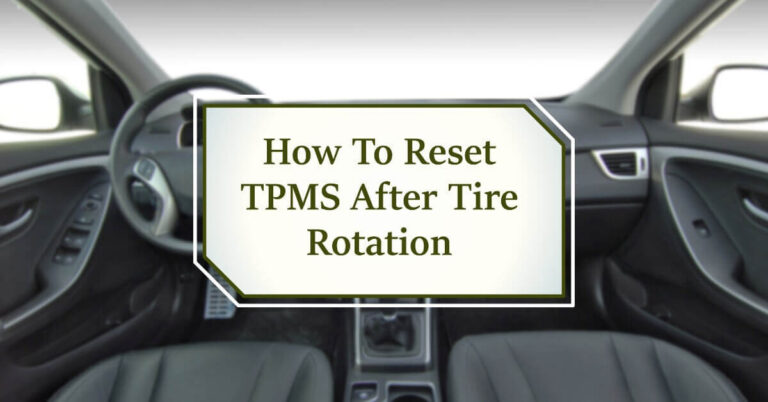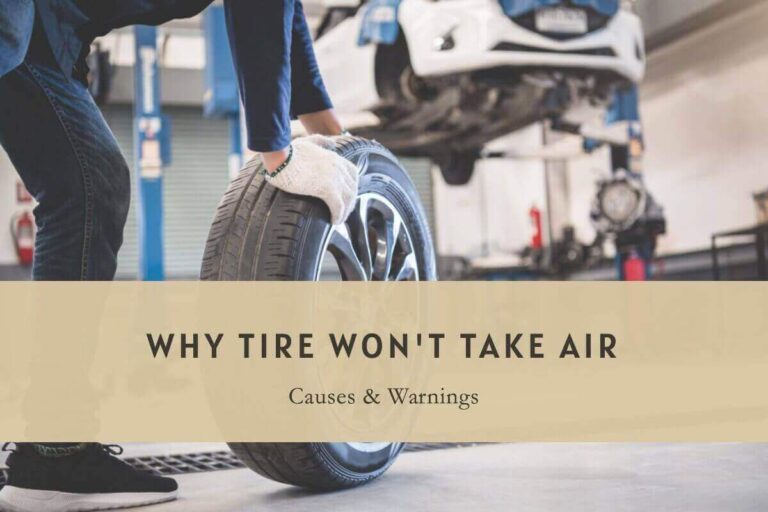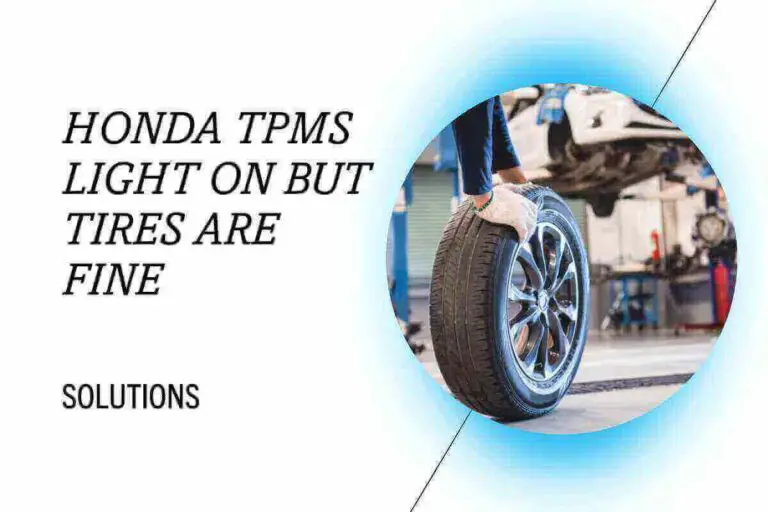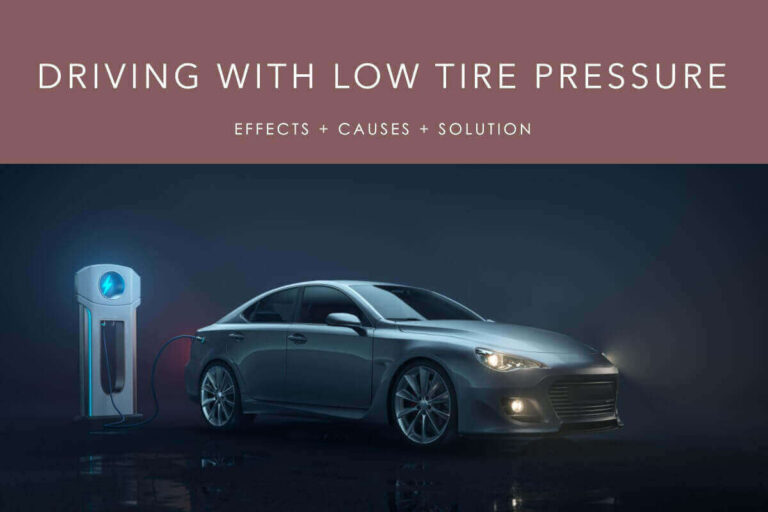The first thing you lay your eyes on when you get into your car is the dashboard. It relays everything you might want to know at that time about your car. If your TPMS (tire pressure monitor system) shows that you have low tire pressure, you don’t think much.
But when after a few hours it starts showing high tire pressure, you start wondering if everything is alright with your tires.
The one question that keeps on flashing through your head is why did your tire pressure fluctuate? There are many answers to a question like this and we might have the answers for that.
Keep on reading to know not just the answer to this question but a little more about tire pressure and more.
What are the reasons for tire pressure fluctuating?
There are many causes of tire pressure fluctuation. Some of them are natural while others aren’t. Since tire pressure changes can have quite an effect on your driving, these causes will help you take caution beforehand. These causes are:
Outside temperature fluctuation
The air pressure in your tires is affected by the overall atmospheric pressure, which changes with temperature. For every 12 degrees Celsius change in the temperature outside, your tires can lose or gain up to 1 PSI of pressure.
If it’s cold, the air inside your tires will condense and occupy less space, resulting in reduced tire pressure. As you drive, the air inside the tires warms up, causing the pressure to increase again.
Air leakage
Tire pressure fluctuation is also due to the slow leakage of air from the tires through the edge of the rim. Throughout the day when your car is driving around, the air slowly leaks out of the rim of the tires, fluctuating the overall pressure within the tires.
Change from fall to winter
The drastic change in the season and even the air temperature can have a major effect on the pressure of the tires. The extreme fluctuations in temperature from fall through winter result in the change in pressure to be up to 10PSI. Since these seasons have a drastic change in temperature, they indirectly have an effect on tire pressure.
How changing seasons affect your vehicle’s tires
One of the most important parts of a vehicle that needs proper care and maintenance is your tires. We often overlook tire pressure readings during inspection procedures.
Considering the life and safety of the driver and the vehicle are dependent on the hands of the tire pressure and not the tire itself, we should focus more on improving the tire pressure within our vehicle. The manufacturer’s guide always ensures peak handling and traction all the while providing fuel efficiency and tire service life.
Keeping proper tire pressure entails more than just filling the tire every once in a while. Tire pressure varies for a number of reasons. Temperature variations throughout the season have a substantial impact on tire pressure.
Warmer conditions cause the air in tires to expand, which can lead to over-inflation. Colder temperatures do the reverse, lowering the air pressure. Curiously, a 10°F change in temperature is believed to increase or decrease tire pressure by 1 pound per square inch, or 1 PSI.
The typical temperature difference between summer and winter months in North America is 50°F, which means that changing seasons could affect tire pressure by 5 PSI or more, assuming no further air loss. Regular driving has an impact on tire pressure as well.
What to do with fluctuating tire pressure?
A fluctuating tire pressure might be an issue with your tires or vehicle in general. High tire pressure can affect the fuel economy of your car along with increased tire wear.
On the other hand, low tire pressure can affect your tire’s ability to stabilize the drive-through traction. Both poor traction and stability are a consequence of low tire pressure that needs to be looked into.
Regularly check tire pressure
Something that you need to make a habit of is when you realize your tire pressure is fluctuating, is regularly checking the tire pressure in your vehicle. Schedule a check-up once every month to ensure maximum care of your tires.
It tells you a lot about the condition of your car and how you can improve it. Check the tire pressure when they’re cold, meaning they haven’t been used for at least 3 hours.
Inflate or deflate the tire
Once you note that the tire pressure is getting high or low rapidly, try inflating or deflating the tire. Check the recommended pressure in the owner’s manual or on the tire placard on the driver’s side door frame. Use a tire gauge to measure the pressure and inflate or deflate the tire as needed.
Look for leaks
If you notice that the tire pressure keeps fluctuating even after inflating it, you may have a leak. Check the tire for any visible damage, such as punctures or cracks, and repair or replace the tire as needed. If you don’t know how to do that be sure to help from a mechanic who does. This would save you a lot of time and energy.
Check the valve stem
The valve stem is part of the tire where you attach the air hose. Sometimes, the valve stem can become loose, causing air to escape. Tighten the valve stem cap and check if the tire pressure improves. If it does, this would be a great sign that your car has
Consider the weather
Changes in temperature can cause tire pressure to fluctuate. Cold weather can cause the tire pressure to drop, while hot weather can cause it to increase. Be mindful of this and adjust the tire pressure accordingly.
Have the vehicle inspected
If you’ve tried all of the above steps and the tire pressure is still fluctuating, there may be an issue with the vehicle itself. Have a professional mechanic inspect the vehicle to identify any underlying issues. You never know what sort of problems your vehicle might have. This would be a great way to ensure that your car doesn’t have any other issues.
How does low tire pressure affect driving?
If you come across low tire pressure in your tires, it’s time to know how that can affect your driving.
Reduced fuel efficiency
Tires with low tire pressure can have quite an effect on the engine. When you’re driving through bumps and more rolling resistance, your engine has to work harder as well. This also increases fuel consumption which can lead to reduced fuel efficiency and more costs over time.
Handling and Stability
With low tire pressure, the tire might gradually loosen and spread out on the road. This would reduce its ability to maintain a stable contact patch with the road. This can reduce handling and stability, making the vehicle more difficult to control, particularly in turns or emergency maneuvers.
Longer braking distance
Low tire pressure can increase the stopping distance of a vehicle, as it requires more force to bring the vehicle to a halt. This can significantly increase the risk of accidents, especially in emergency situations. You don’t want to risk your safety over something as small as providing stable tire pressure for all.
FAQs
Why does my tire pressure go up and down?
Tire pressure can go up and down due to various factors such as changes in temperature, driving conditions, punctures, and normal air leakage. Regularly checking and maintaining tire pressure is important for safety and tire longevity.
How much should tire pressure fluctuate?
Tire pressure can fluctuate by a few PSI (pounds per square inch) due to changes in temperature and other factors. However, it’s important to keep tire pressure within the recommended range for optimal performance and safety.
Why is my tire losing pressure but no leak?
Tires can lose pressure due to natural air leakage through the tire’s rubber, valve, or rim. Temperature changes can also cause tire pressure to fluctuate. Regular maintenance can prevent this.
Can a tire lose pressure without a puncture?
Yes, a tire can lose pressure without a puncture. Natural air leakage through the tire’s rubber, valve, or rim, and changes in temperature can cause tire pressure to decrease over time.
Conclusion
From outside temperature to seasonal changes, there are many reasons for fluctuating tire pressure. But there’s another factor that we always forget to mention and that is the condition of our vehicle.
Fluctuating tire pressure and worn-out tires might seem like issues that are natural to arise but they have everything to do with how we have kept our car. Is it in good condition or not? Are you getting it serviced regularly or not? All of these things play an important role in the future problems that would be found in your car.

